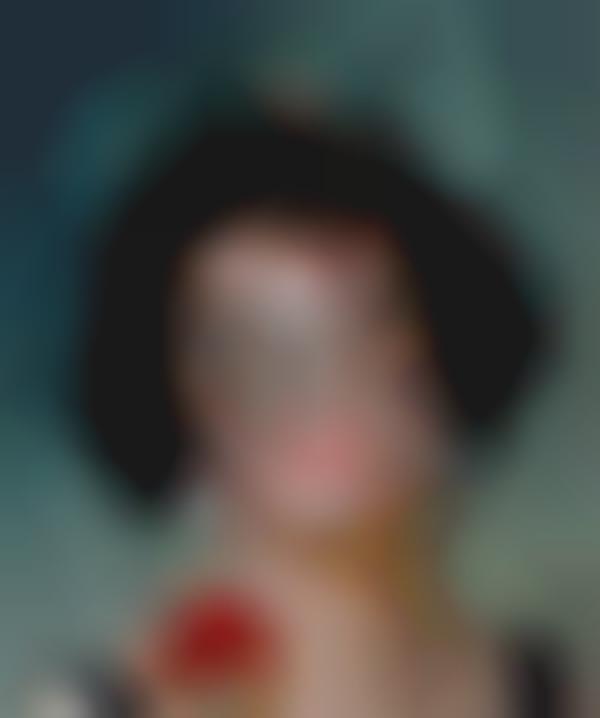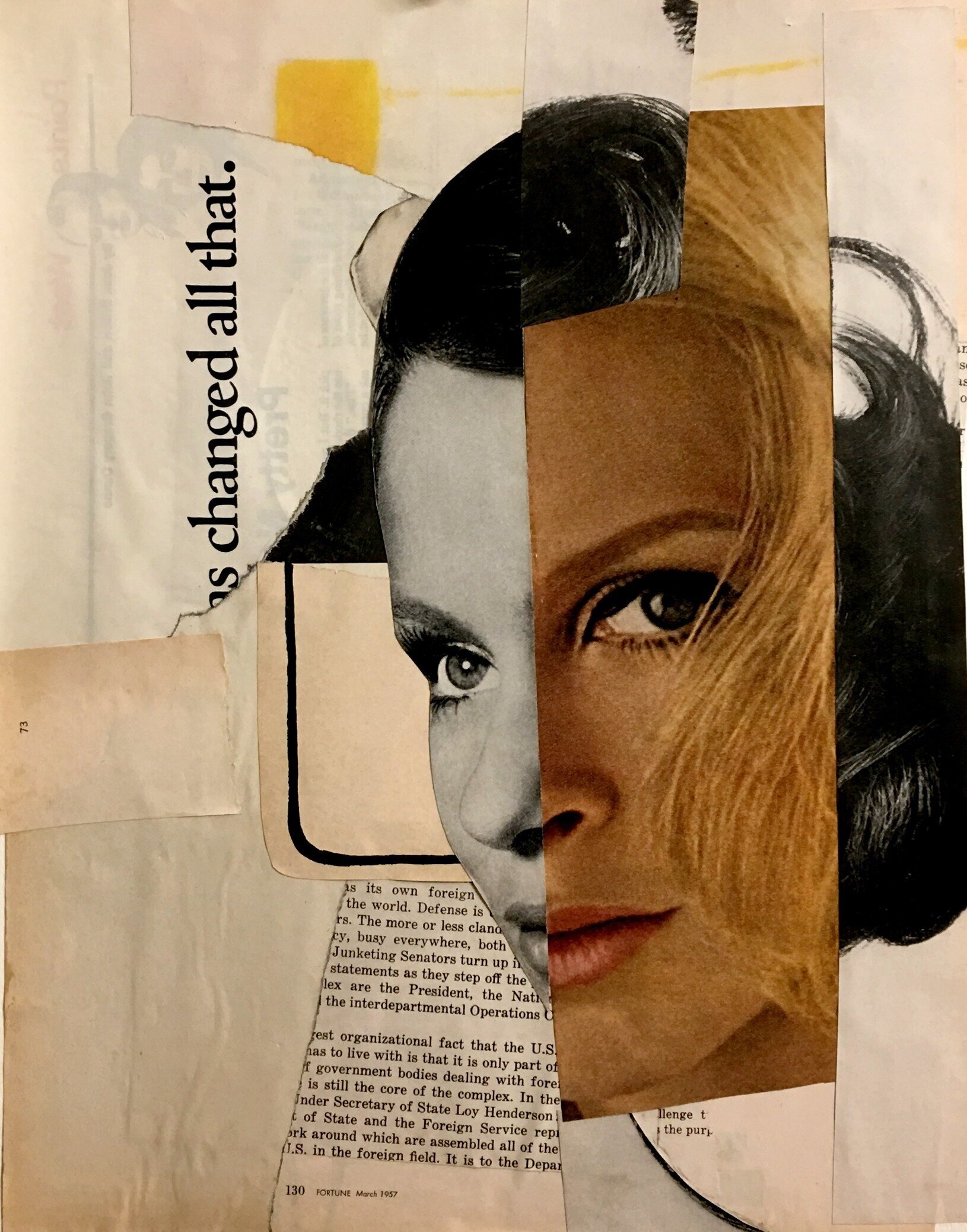A headshot is a tightly cropped photo of the face, from the shoulders up. The subject is camera aware — typically looking right in the lens. Years ago, headshots were reserved for actors and models. In today’s socially connected world, a modern headshot comes in handy for anyone looking to market themselves professionally.
Bruce Gilden
Bruce Gilden is to be considered substantially a self-taught photographer. He is an iconic street photographer with a unique style, his photographic style is defined by the dynamic accent of his pictures, his special graphic qualities, and his original and direct manner of shooting the faces of passers-by with a flash.
Right from childhood, Gilden has always been fascinated by the life on the streets and the complicated and fascinating motion it involves, and this was the spark that inspired his first long-term personal projects, photographing in Coney Island and then during Mardi Gras in New Orleans.
His first major project was of people at Coney Island. He has photographed people on the streets of New York, Japans yakuza mobsters, homeless people, prostitutes, and members of bike gangs between 1995 and 2000. According to Gilden, he was fascinated by the duality and double lives of the individuals he photographed. He has also photographed rural Ireland and horseracing there, as well as voodoo rituals in Haiti. Gilden has also produced projects in India, Russia, England, France and America.
Contact Sheets
I have done a few different photoshoots, which consists of me and my friends so that I can try and find the best way, angle and settings to take the best headshots. I have found that myself and other people prefer to be photographed in black and white as it tends to cover peoples ‘flaws’.
Editing
In most of my photos, I have only adjusted the exposure, contrast and highlights. In the top photo, I have slightly increased the exposure and decreased the contrast because it was too dark on one half of the face and blended too much in with her hair. In the bottom photo, it was overexposed so I have decreased the highlights and have adjusted the exposure making it darker, without lowering the exposure and highlights the face and background was too bright and made the photo look washed out.
Final Portraits
These are the six final images that I have chosen, each has good exposure and show the faces clearly. I like how the 5 lighter backgrounds contrast with the darker clothes and the one darker background contrasts with the lighter white in the clothing. I also like that all the photos look good in black and white, I chose to shoot in black and white because it made the models more comfortable and it helps to cover up ‘imperfections’.























































































































































